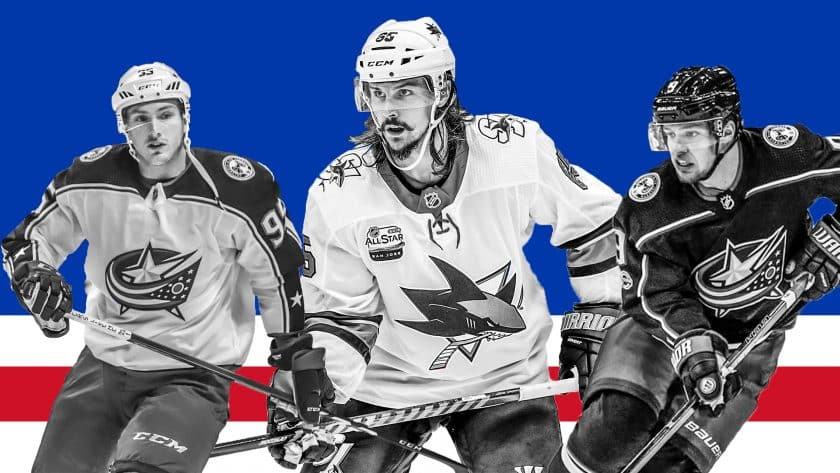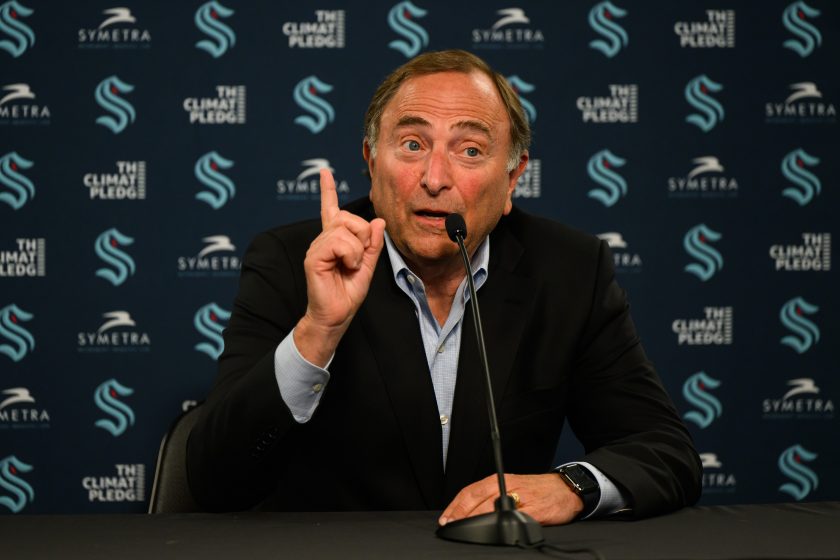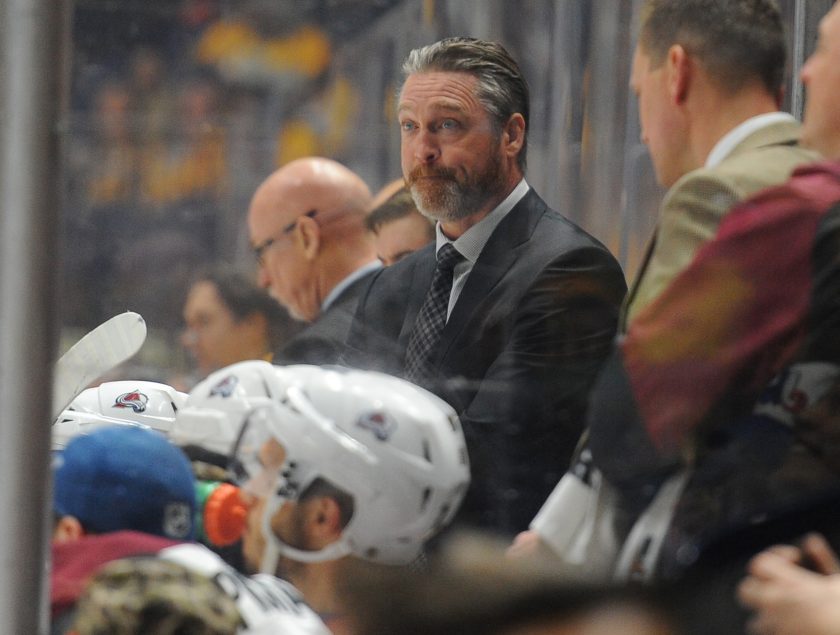The New York Rangers should take a closer look at RFAs this summer

While the New York Rangers prepare for a big offseason, they should look to the RFA market to make a big splash.
[sc name=”Dom Renna Banner”]Right after the trade deadline, the New York Rangers front office turned their attention to next year and beyond; and now it’s time to take a closer look at the beyond.
This summer, the unrestricted free agent market is full of big names with the likes of Artemi Panarin, Erik Karlsson and Matt Duchene all becoming available with no compensation required. While those names are big and sexy, the Rangers should turn their attention to the restricted free agent market if they really want to go out there and make a big splash this summer.
Now first let’s take a look at how restricted free agency works considering it’s something we rarely see done in hockey, and the last time it actually did happen goes all the way back to 2013 with Ryan O’Reilly.
When an RFA receives an offer sheet from another team, the player’s original team has the chance to match the offer and re-sign the player. Should the player’s original team rejects to match the offer, they will receive draft pick compensation based on the salary the player leaving is receiving.
The most important thing to remember with an offer sheet is how a team must have all of their draft picks for the year and the picks must be their own. For example, the Rangers cannot trade their first-round pick next year and submit an offer sheet this summer even if they go out there and acquire another team’s first-round pick.
Thanks to CapFriendly, we know how the Rangers are able to submit an offer sheet in three different scenarios based on trades they’ve made over the last few years.
New York can sign an RFA as long as they sign them to a salary of anywhere between:
- $0-$1,395,053: No draft pick compensation.
- $2,113,717-$4,227,437: Second round pick.
- $10,568,590+: Four first-round picks
Looking at the compensation scenarios it’s a little scary to think about general manager Jeff Gorton surrendering four first-rounders unless the player is special enough where you won’t necessarily miss those picks. The age needs to work out where you know they will be here for a bit, and they have to showcase the skill to be worth the price tag in the dollar amounts and the compensation.
This summer the likes of Mitch Marner, Brayden Point, Sebastian Aho, Mikko Rantanen, Jacob Trouba and Matthew Tkachuk all become RFA’s following some big seasons for their respected teams.
All six of these players have been game changers for their teams throughout the early stages of their careers and should without a doubt force the Rangers to think long and hard about making a franchise-altering move with the talent they haven’t been able to draft in the past.
[sc name=”Rangers Center”]Three players really jump off the page at you right away when you are looking at the RFA market. Marner, Point, and Trouba are all players who play for teams who are going to face some critical decisions with their payroll. Tampa and Toronto have just over $8 million to spend this summer, while Winnipeg is the outlier here with $25 million to spend.
All three teams have the means to make it work for them, but it would also mean the Lightning and Leafs will lose out on the chance to sure up some other aspects of their game that need work. Toronto’s season was ruined thanks to a lack of depth defensively while Tampa has some key veterans entering UFA along with Point who’ve played a major role in their historic 2018-19 campaign.
This puts the Rangers in an extremely interesting position because they can choose from two ways of going about this. They can simply make the offer sheet and risk losing the picks, or they can negotiate a trade for the player’s rights and go from there in negotiating a new contract.
Both options are legitimate thanks to the work Gorton has done in acquiring assets during the last two trade deadlines, and he might just be able to convince a team to pull the trigger if they don’t think the money can work.
We’ve already seen how ugly RFA negotiations can get thanks to the William Nylander situation a year ago. The difference between going after one now compared to then is how the talent available is drastically different compared to when Nylander was available.
Gorton needs to go out there and sniff around just to see where things stand with these players and their teams. If he finds an opening, then he should 100% without a doubt go all in, because he might just regret it if he waits and that lane doesn’t open again.
It might be a pipe dream, but it’s a realistic one at best. Your move, Jeff.
[sc name=”Twitter Follow Link” text=”Dom” username=”drennaESNY” ] [sc name=”Rangers Link Next” link=”https://elitesportsny.com/2019/05/25/jacob-trouba-could-be-perfect-fit-for-new-york-rangers/” text=” Jacob Trouba Could Be The Perfect Fit For The Rangers” ]Dominick is a graduate of Canisius College. He has covered the Rangers for the last seven seasons and the Yankees for the last four.






